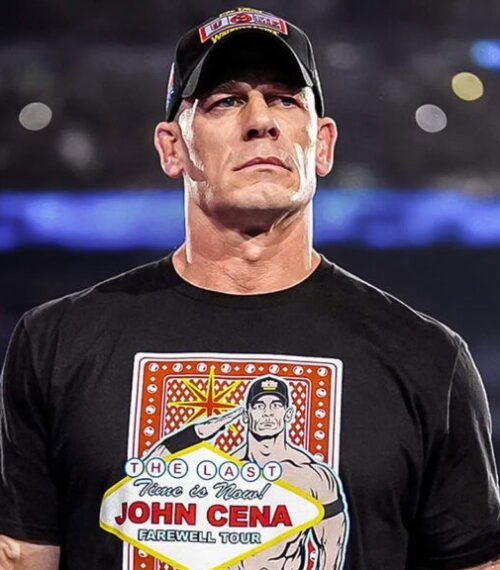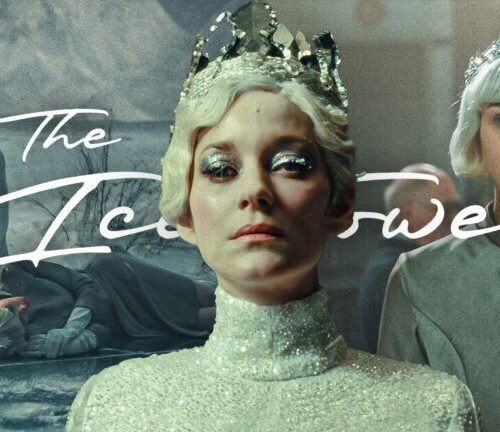When Twilight hit theaters in 2008, it sparked a global phenomenon that had fans lining up at midnight screenings. But how faithful were the films to Stephenie Meyer’s beloved novels?
While the movies captured the supernatural romance that made millions swoon, they made significant changes that left book readers feeling like something was missing. From altered character personalities to completely fabricated scenes, let’s dive into every major detail the Twilight movies got wrong when adapting Meyer’s source material.
10. Bella Swan’s Personality Gets a Major Downgrade
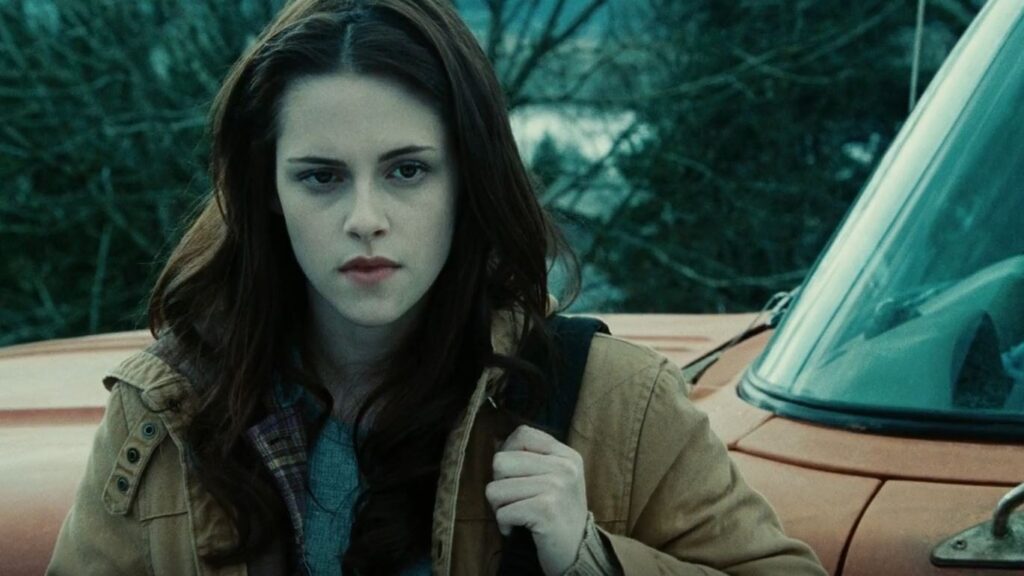

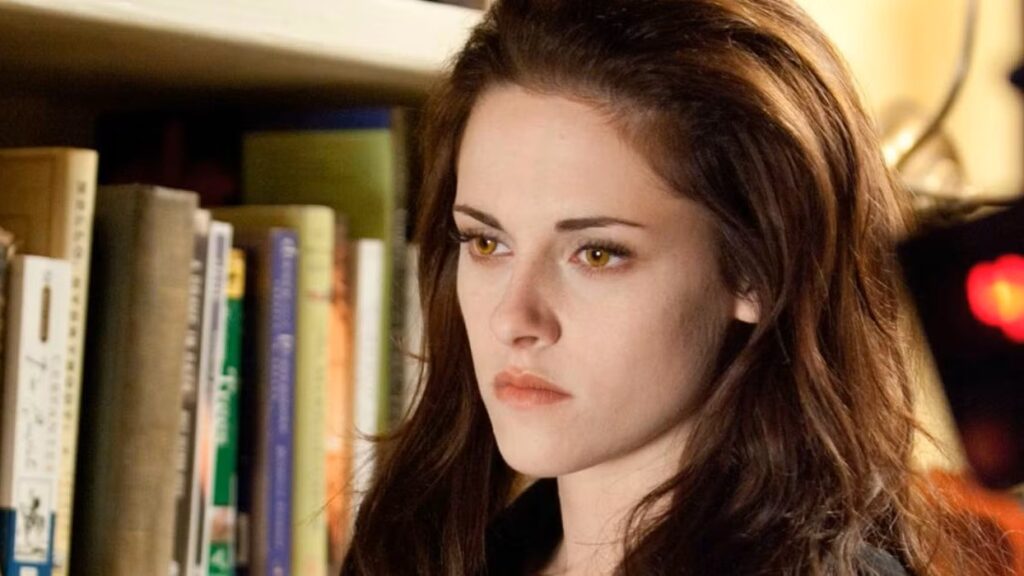
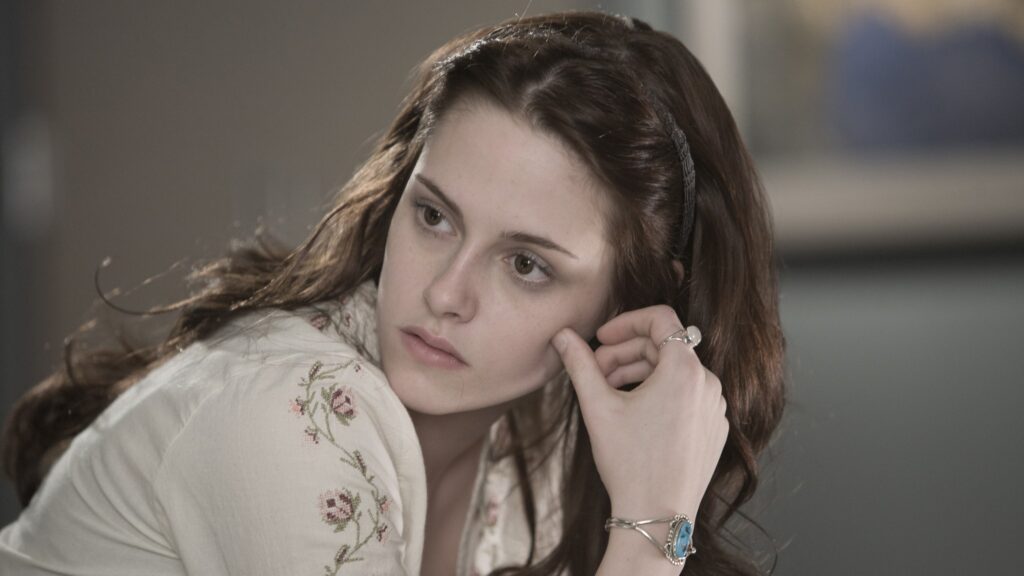
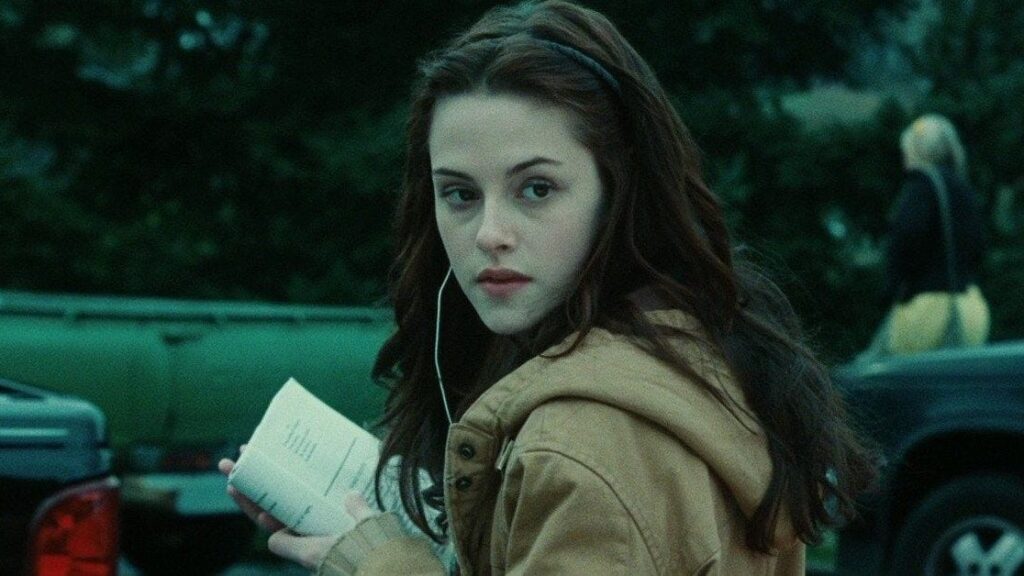
Here’s where things get really interesting, and honestly, a bit frustrating for book fans. In Meyer’s novels, Bella Swan is actually pretty witty and sarcastic. She’s got this dry sense of humor that genuinely makes you chuckle, and she’s not afraid to call people out or stand up for herself. She’s opinionated, strong-willed, and definitely doesn’t just hang onto every word Edward says like some love-struck zombie.
But in the movies? Kristen Stewart’s Bella comes across as way more serious and emotionally flat. The films stripped away most of her personality quirks and turned her into a blank slate that audiences could project themselves onto.
While that might work for some viewers, it completely missed the essence of what made book-Bella so relatable and likable. The memes making fun of her airhead personality wouldn’t exist if they’d kept her book characterization intact.
9. Edward’s Comedy Gets Lost in Translation
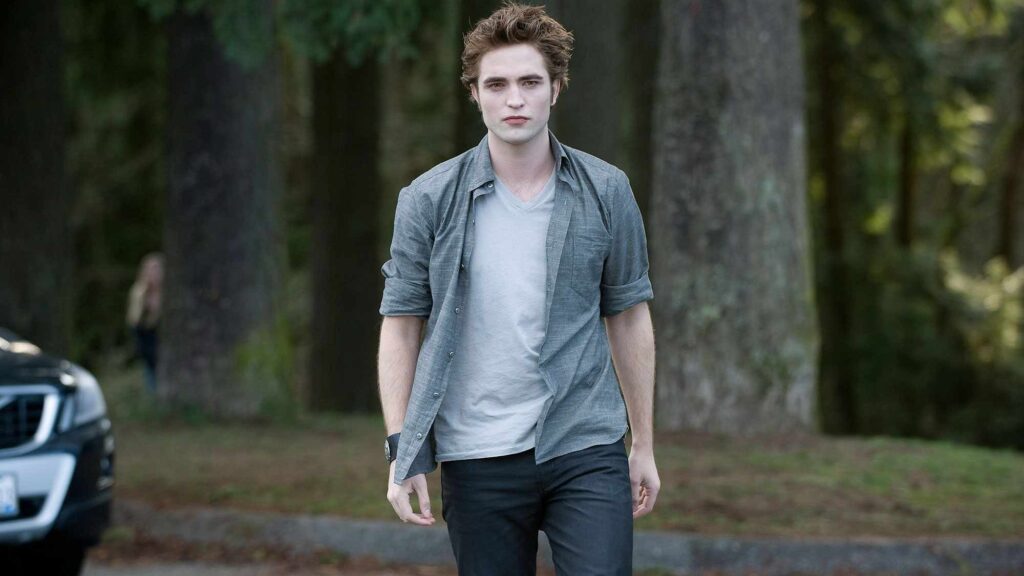
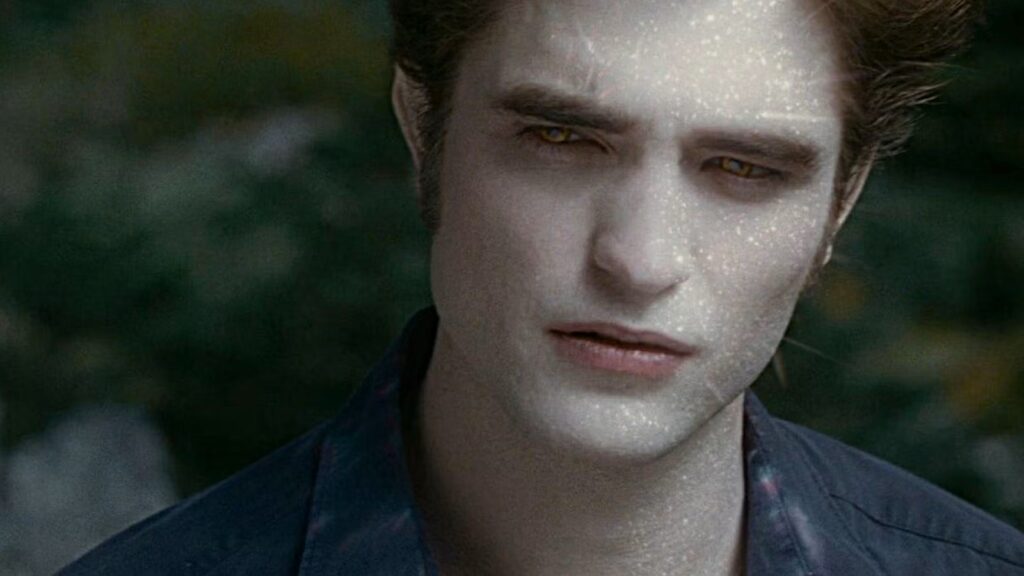
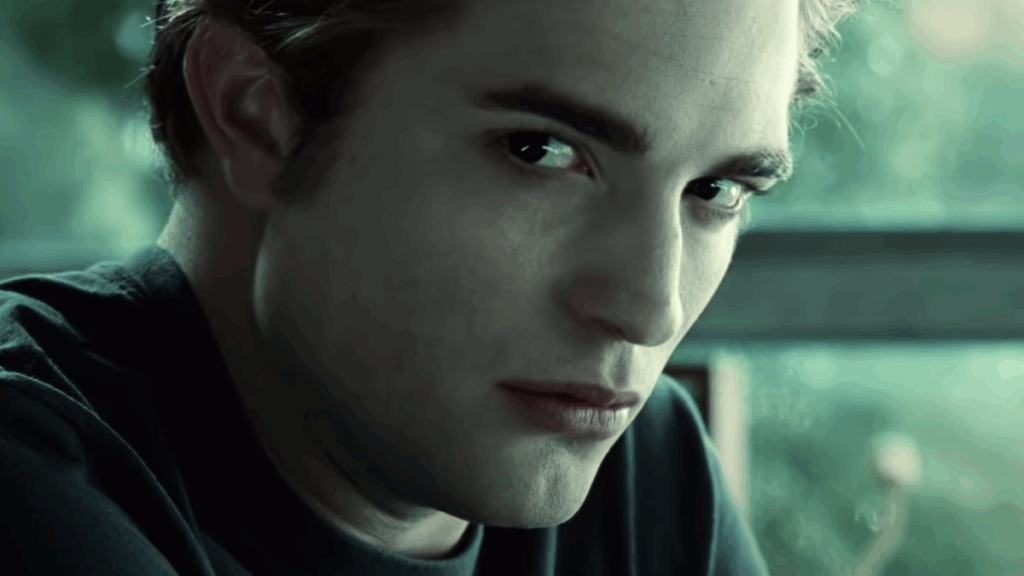
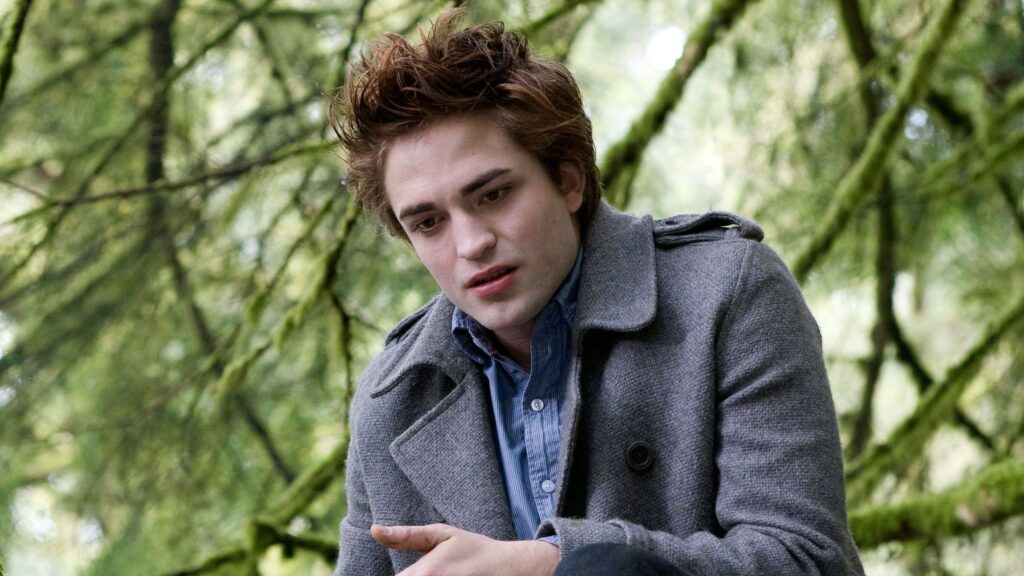
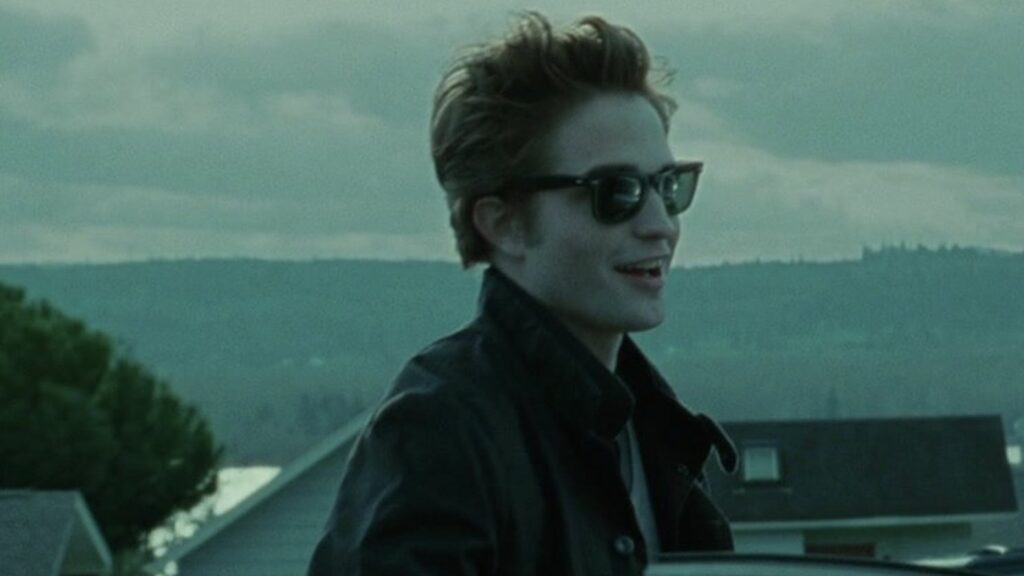
You might not believe this if you’ve only seen the movies, but Edward Cullen is actually pretty funny in the books. Like, genuinely comedic. He’s charming, he makes jokes, he has this playful side that balances out all that brooding vampire angst. Robert Pattinson definitely brought the mysterious, romantic vampire energy, but the films missed so much of Edward’s wit and humor.
This change affects the entire dynamic between Bella and Edward. In the books, they have actual banter and playful conversations. Edward isn’t just this intense, staring-into-your-soul character. He’s got personality beyond the whole “I want to drink your blood but I love you” thing. The movies made him way more one-dimensional than Meyer ever intended.
8. The Iconic Apple Scene Never Actually Happened

Okay, this one’s going to blow your mind if you haven’t read the books. Remember that super iconic scene where Edward catches Bella’s apple in the cafeteria? The one that was literally on movie posters and became synonymous with the entire franchise? Yeah, that never happened in the books. Not even close.
The apple imagery comes from the book’s cover art (those pale hands symbolizing that of the cold one holding a red apple symbolizing life and, well, blood), but Edward bouncing an apple off his foot and catching it was purely a Hollywood invention.
When book readers first discovered this, it felt like a betrayal. This scene became so iconic that people associate it with the entire Twilight experience, yet it was completely made up for dramatic effect.
7. The Vampire Revelation Scene Location Swap

The moment Bella confronts Edward about being a vampire is arguably one of the most important scenes in the entire saga. The movies made it super dramatic with that whole forest scene where Edward demands Bella,
say it… Out loud.
and she dramatically whispers,
vampire.
It’s very cinematic and all, but it’s not how it happened in the books. In Meyer’s novel, this conversation takes place much more quietly and intimately in Edward’s car as they drive back from Port Angeles.
It happens after Edward rescues Bella from those creepy guys who had ill intentions. The book version feels more personal and realistic, like an actual conversation between two people figuring out their relationship, rather than a dramatic movie moment.
6. The Cullen Family Crest Was Invented for the Movies
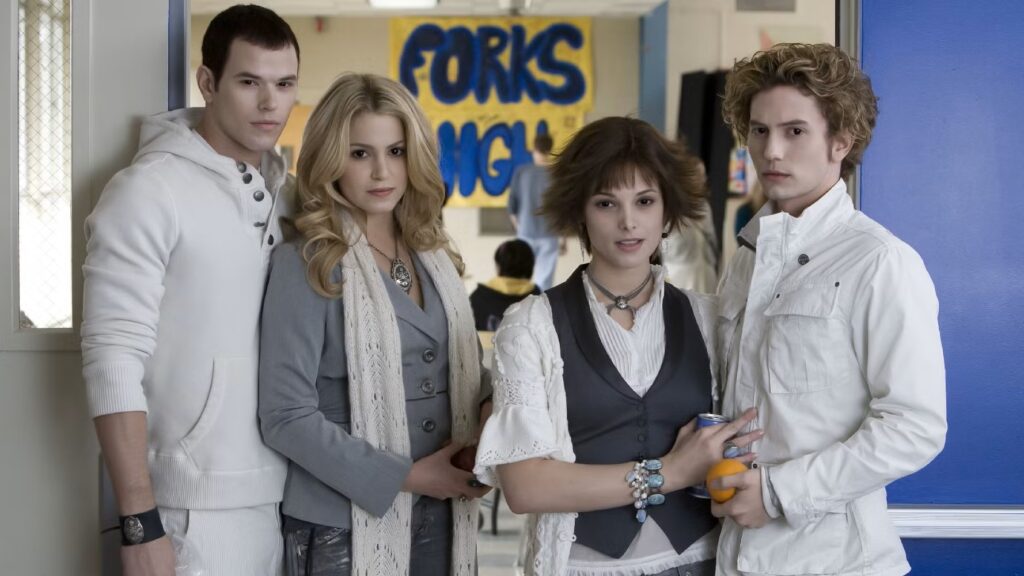
Throughout all the films, you’ll notice the Cullen family members wearing this distinctive crest. Edward’s got it on a wristband, Alice and Rosalie wear it as necklaces, and it shows up everywhere as a symbol of their vampire family unity. It looks pretty cool and adds to the whole aesthetic, right? Well, there’s one tiny problem: it doesn’t exist in the books. At all.
The Cullen crest was created specifically for the movies to give the family a visual symbol and make them look more like an actual coven. While it’s a nice touch for the films, it’s another example of how the movies added elements that weren’t part of Meyer’s original vision. Book readers were left wondering where this sudden family symbolism came from.
5. Bella’s Domestic Life Gets Simplified
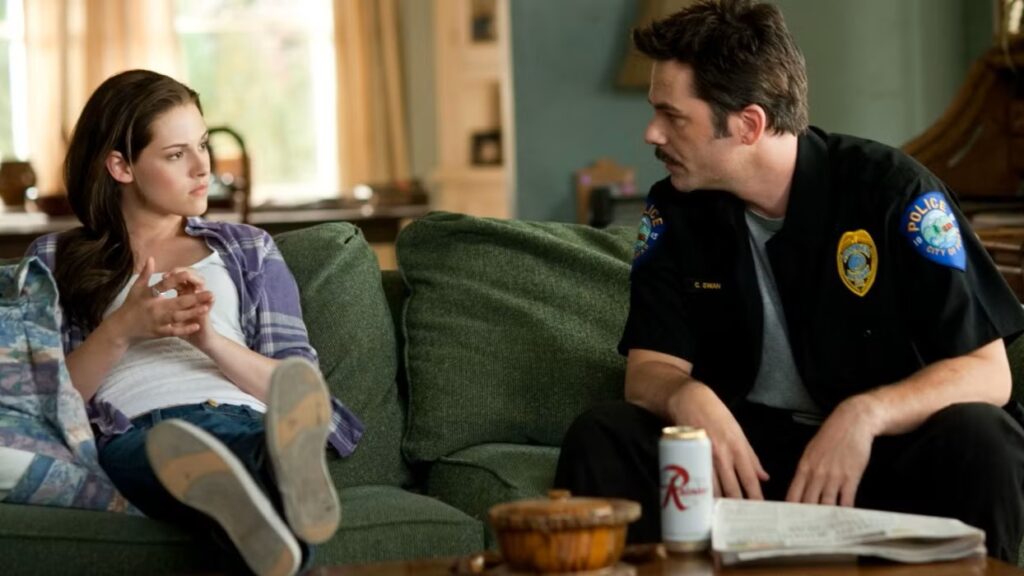
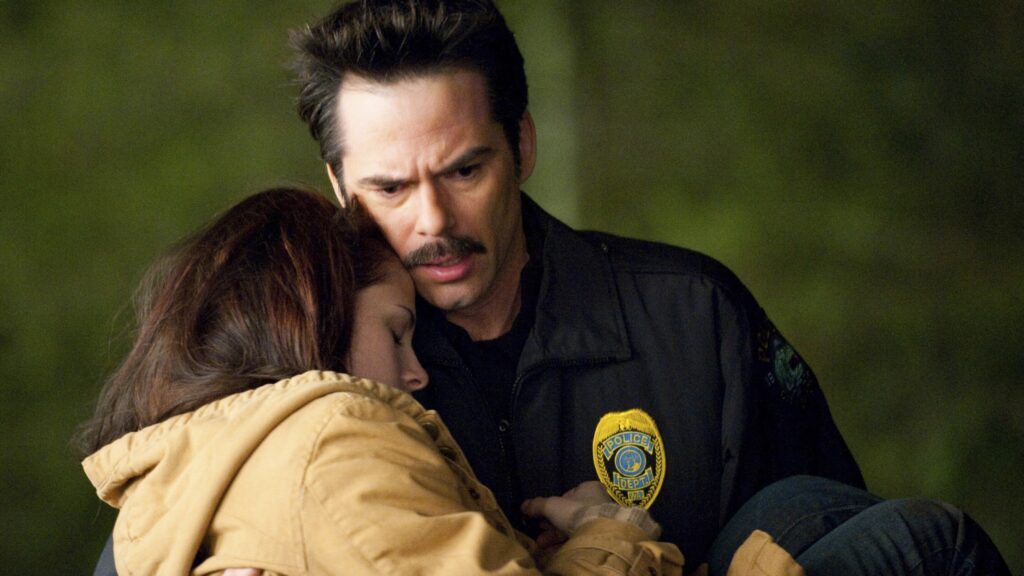

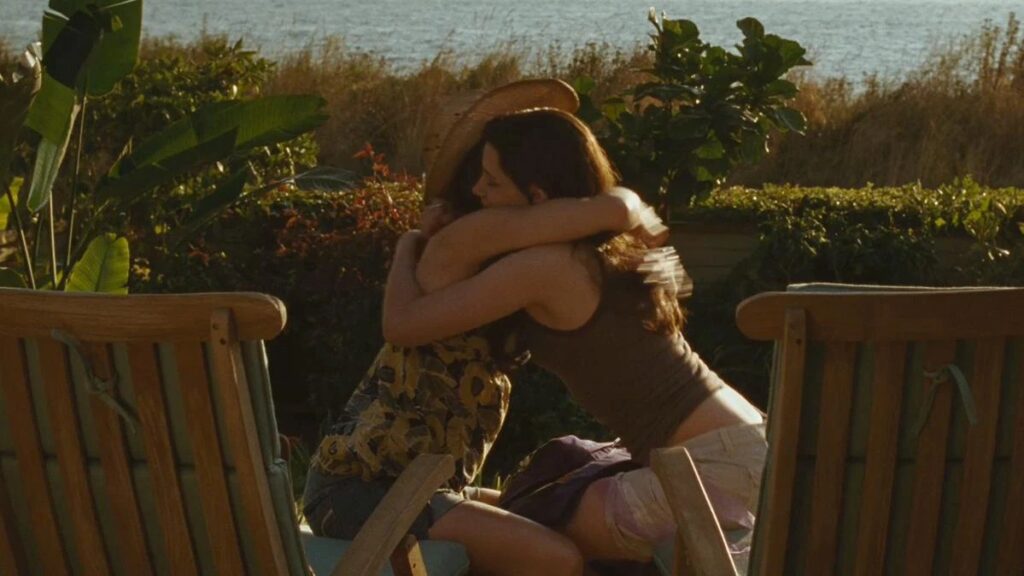
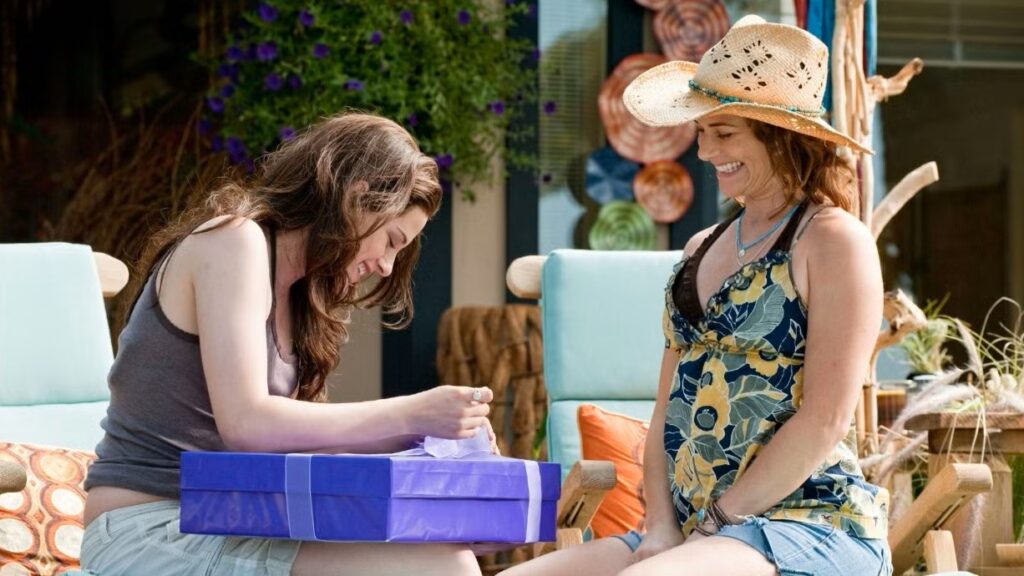
This might seem like a small change, but it actually says a lot about Bella’s character. In the books, Bella cooks for Charlie (played by Billy Burke) almost every night when she moves to Forks. She takes care of the household, does the grocery shopping, and basically becomes the responsible adult in their relationship. This shows her nurturing side and her tendency to take care of others, even when she’s the kid.
The movies, however, show Bella and Charlie eating at the local diner regularly, with the waitress even mentioning how Bella used to come there as a child. While this works for establishing their relationship, it removes an important aspect of Bella’s character development.
Her domestic responsibilities in the books show why she’s so ready to become part of the Cullen family: she’s already used to taking care of people.
Although this care-taking aspect is showcased via her relationship with her mother, Renée (played by Sarah Clarke), it still does not capture the essence since the audience barely gets to witness the dynamic properly.
4. Physical Descriptions: The Long Hair Controversy
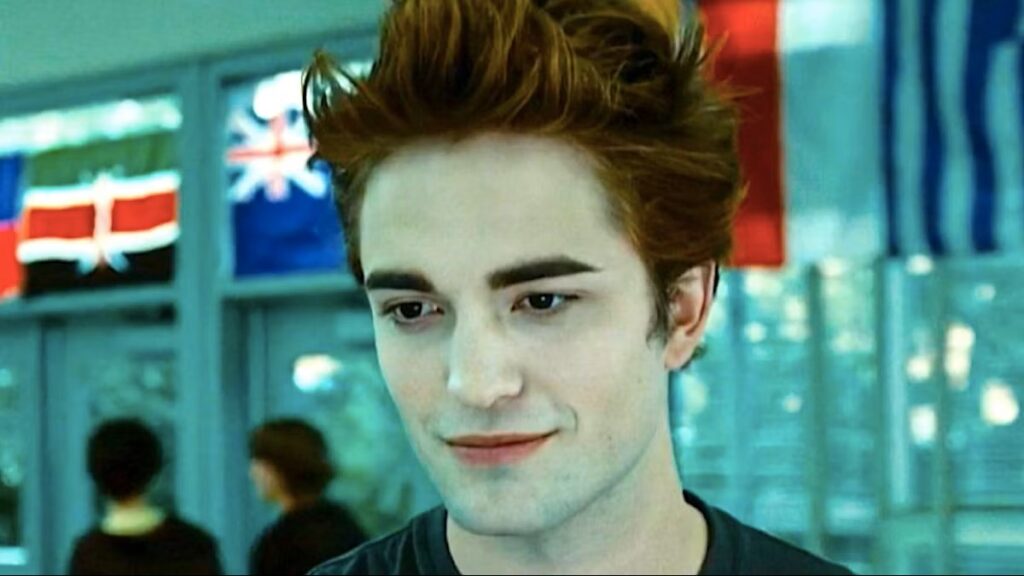
Book Edward is described as having long, bronze-colored hair that’s quite distinctive. Robert Pattinson’s Edward, however, sports that disheveled, shorter hairstyle that became iconic in its own right. According to reports, they actually tried longer hair on Pattinson during costume tests, but it wasn’t as flattering to his appearance.
While this seems like a minor change, physical descriptions matter to book fans who’ve spent time imagining these characters. The longer hair was part of Edward’s otherworldly, timeless appearance in the novels. Pattinson’s shorter style worked for the movies, but it was definitely a departure from Meyer’s original vision.
3. Missing Characters and Merged Storylines
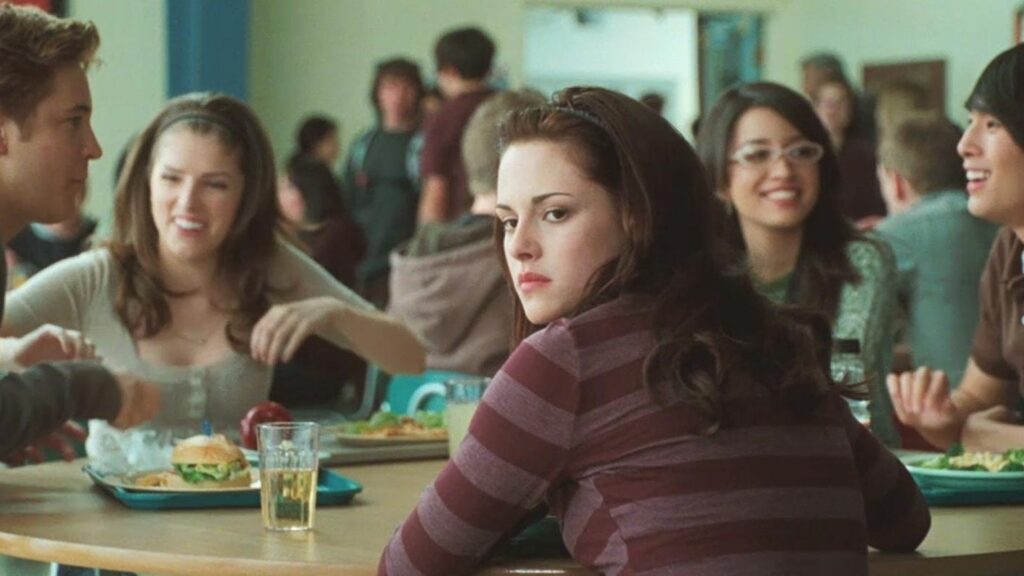
Several characters from the books were cut entirely from the films or merged with others. Lauren, who plays a significant role in the novels as one of Bella’s more antagonistic classmates, was entirely removed from the movie. Her role was somewhat absorbed by Jessica (played by Anna Kendrick) in the movies, which simplified the social dynamics but removed some of the complexity of Bella’s high school experience.
Additionally, some characters like Waylon Forge (played by Ned Bellamy) appear in the movies but don’t exist in the books at all. These changes were likely made for time constraints and to streamline the story, but they altered the social world that Meyer had carefully constructed around Bella and Edward’s romance.
2. Bella’s Lullaby Loses Its Emotional Weight
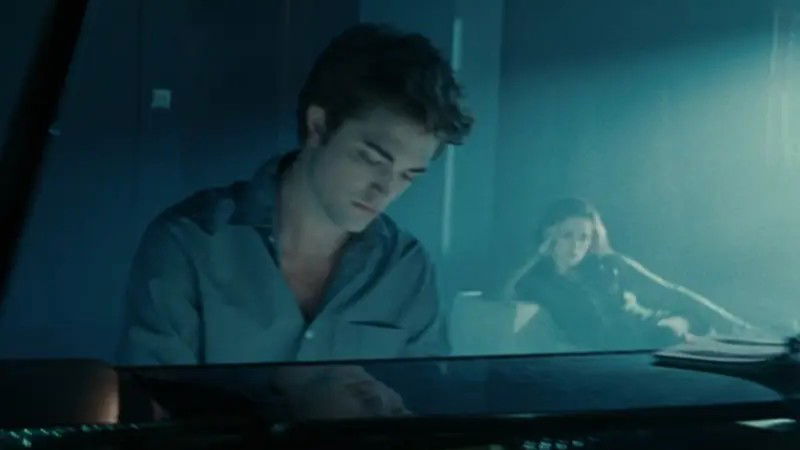
While Carter Burwell’s “Bella’s Lullaby” made it into the film’s soundtrack and is absolutely beautiful, the emotional significance of this piece gets somewhat lost in translation. In the books, Edward composed the lullaby the moment he realized he cared for Bella, and it becomes this incredibly important symbol of their relationship.
Edward regularly hums the lullaby to help Bella sleep throughout the series, and it represents his first acknowledgment of his feelings for her. The movie touches on this, but doesn’t fully explore how central this piece of music is to their love story. It’s not just a pretty song; it’s Edward’s declaration of love in musical form.
1. The Breaking Dawn Battle That Never Was
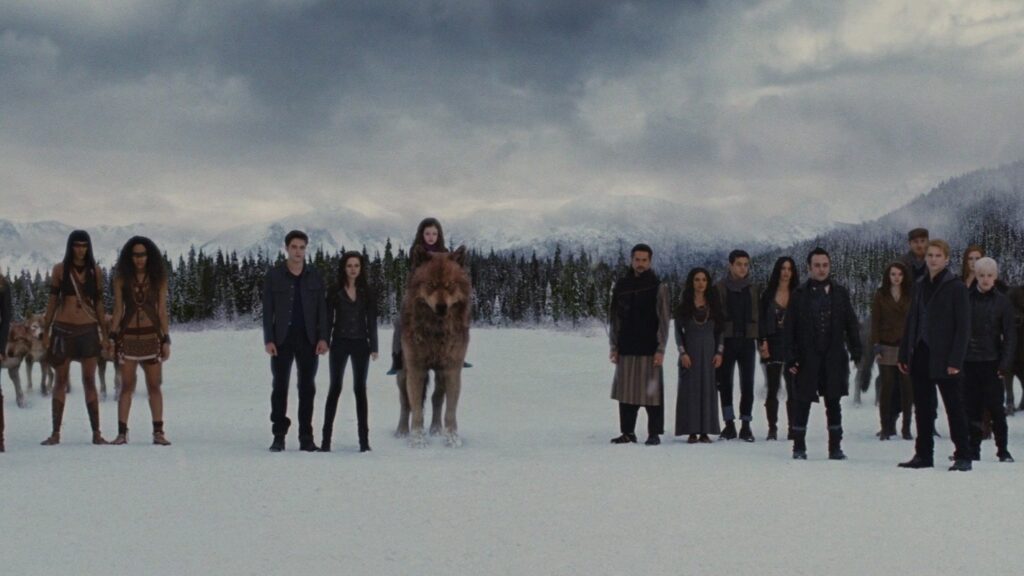
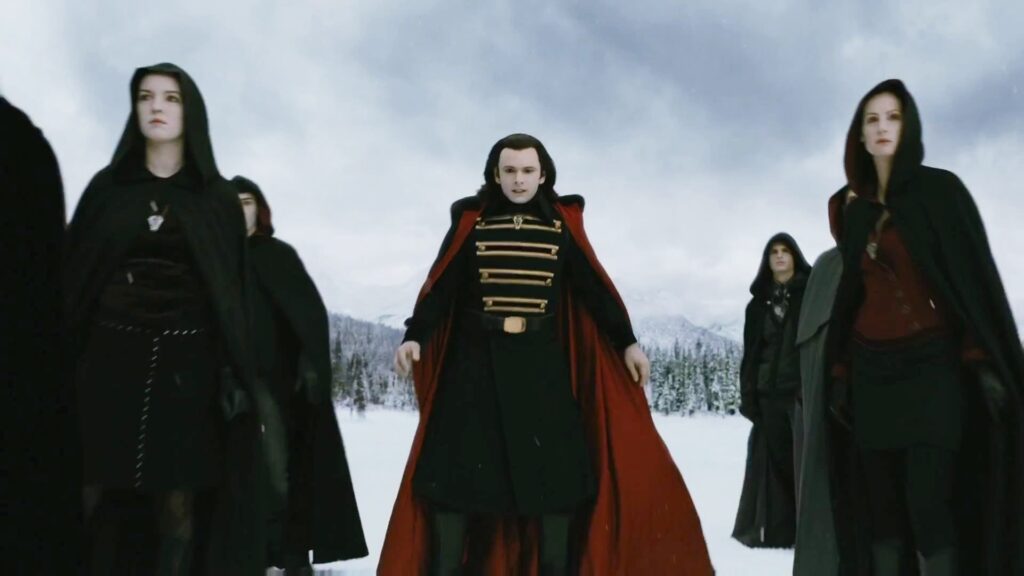
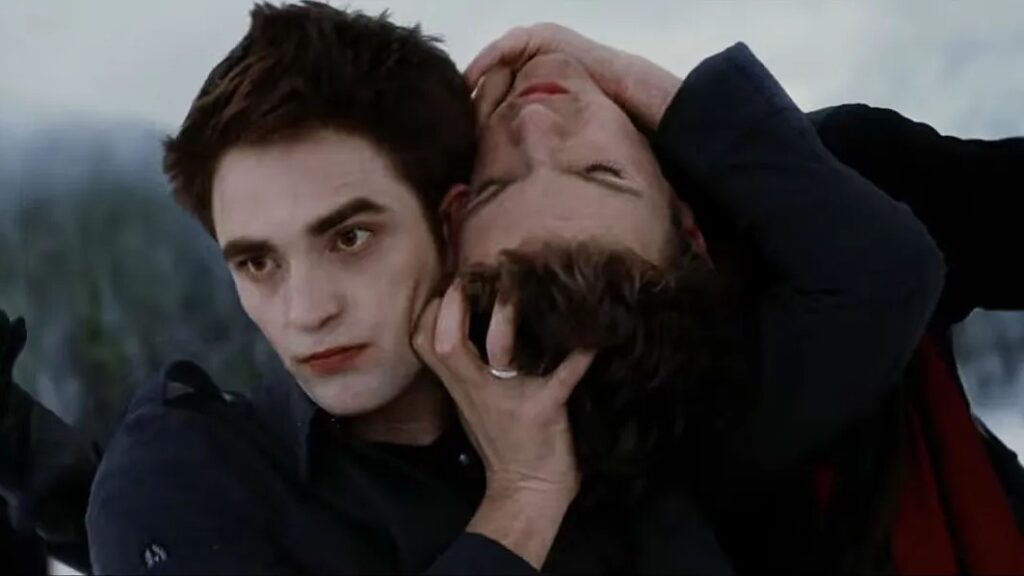
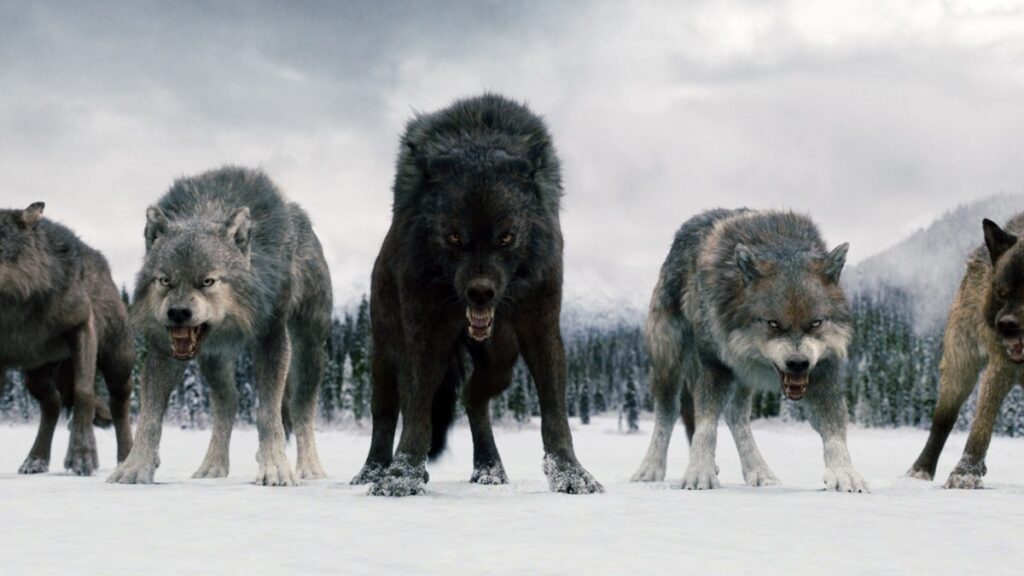
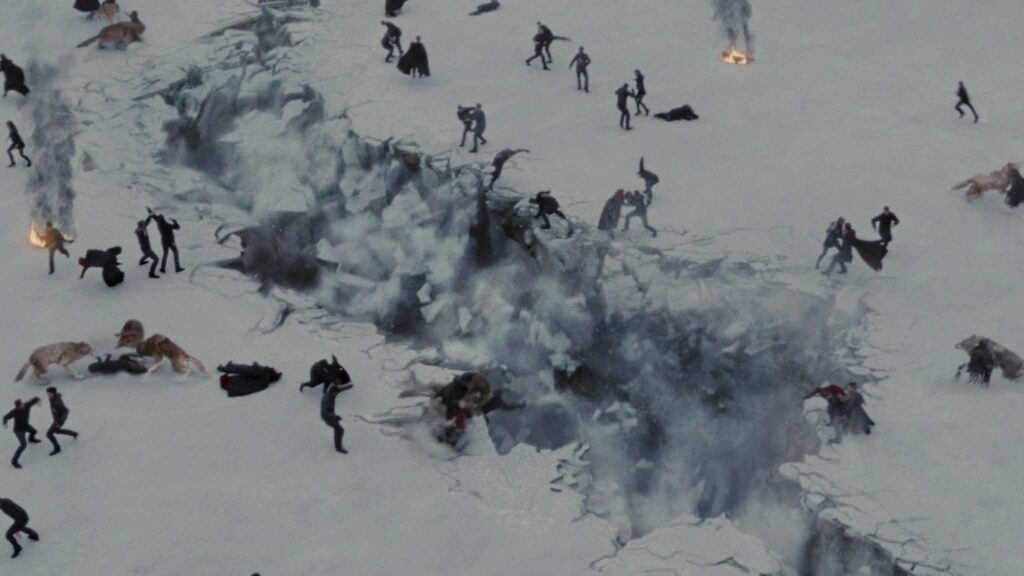
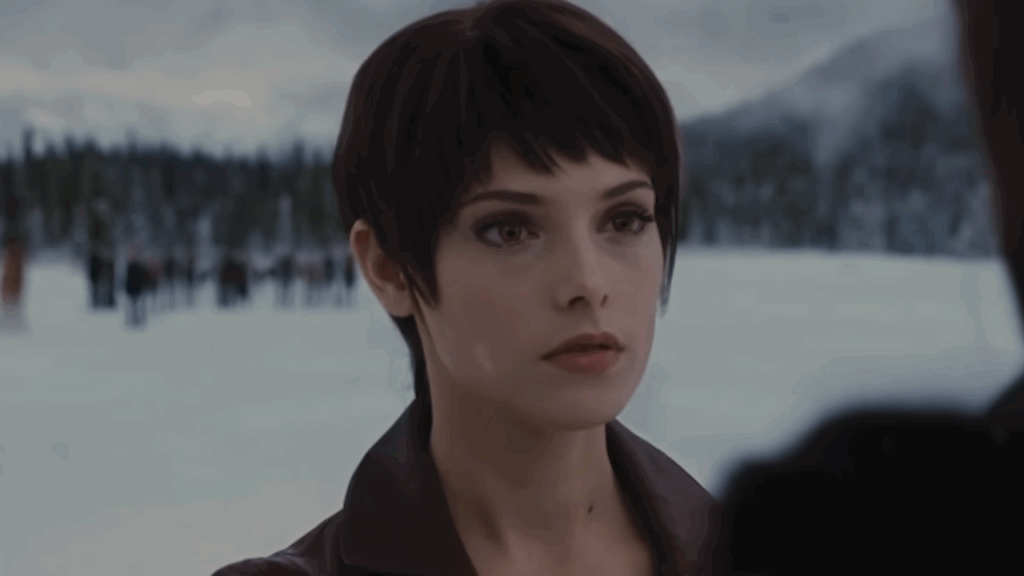
This is probably the most controversial change in the entire franchise. Breaking Dawn Part 2 features this massive, epic battle sequence between the Cullens and the Volturi that results in the deaths of beloved characters like Carlisle (played by Peter Facinelli), Leah (played by Julia Jones), and Seth (Booboo Stewart). Fans were shocked, devastated, and completely unprepared for the carnage.
Then (plot twist!) it’s revealed that the entire battle was just Alice’s (played by Ashley Greene) vision of what could happen if they don’t find another way. None of it actually occurred. In the books, the confrontation with the Volturi ends peacefully through negotiation and evidence, without any fighting at all. The movie’s fake-out battle was added purely for dramatic effect, but it left many fans feeling manipulated.
| Movie | Release Year | Rotten Tomatoes | IMDb Score | Worldwide Box Office (The numbers are via Box Office Mojo) |
| Twilight | 2008 | Critics: 49% Audience: 72% | 5.3/10 | $408.5 Million |
| The Twilight Saga: New Moon | 2009 | Critics: 27% Audience: 78% | 4.7/10 | $711 Million |
| The Twilight Saga: Eclipse | 2010 | Critics: 47% Audience: 82% | 5.1/10 | $698.5 Million |
| The Twilight Saga: Breaking Dawn – Part 1 | 2011 | Critics: 25% Audience: 82% | 4.9/10 | $712.2 Million |
| The Twilight Saga: Breaking Dawn – Part 2 | 2012 | Critics: 49% Audience: 86% | 5.5/10 | $848.5 Million |
While the Twilight movies successfully brought Meyer’s supernatural romance to life and introduced the story to millions worldwide, they represent a simplified version of the original novels. The books offer more nuanced character development, deeper relationships, and a fuller understanding of the world Meyer created.
For fans who only experienced the movies, diving into the books reveals a more complex and often funnier story than what made it to the screen. What’s your biggest shock when comparing the Twilight books to the movies? Are you Team Book or Team Movie? Let us know in the comments below!
Ready to experience the saga again? You can stream all five Twilight movies on Netflix in the US and Canada as of 2025. The films are also available for rent or purchase on Amazon Prime Video, Apple TV, Google Play, and Fandango at Home.
For international viewers, the movies may be available on different regional Netflix libraries or other local streaming platforms.

